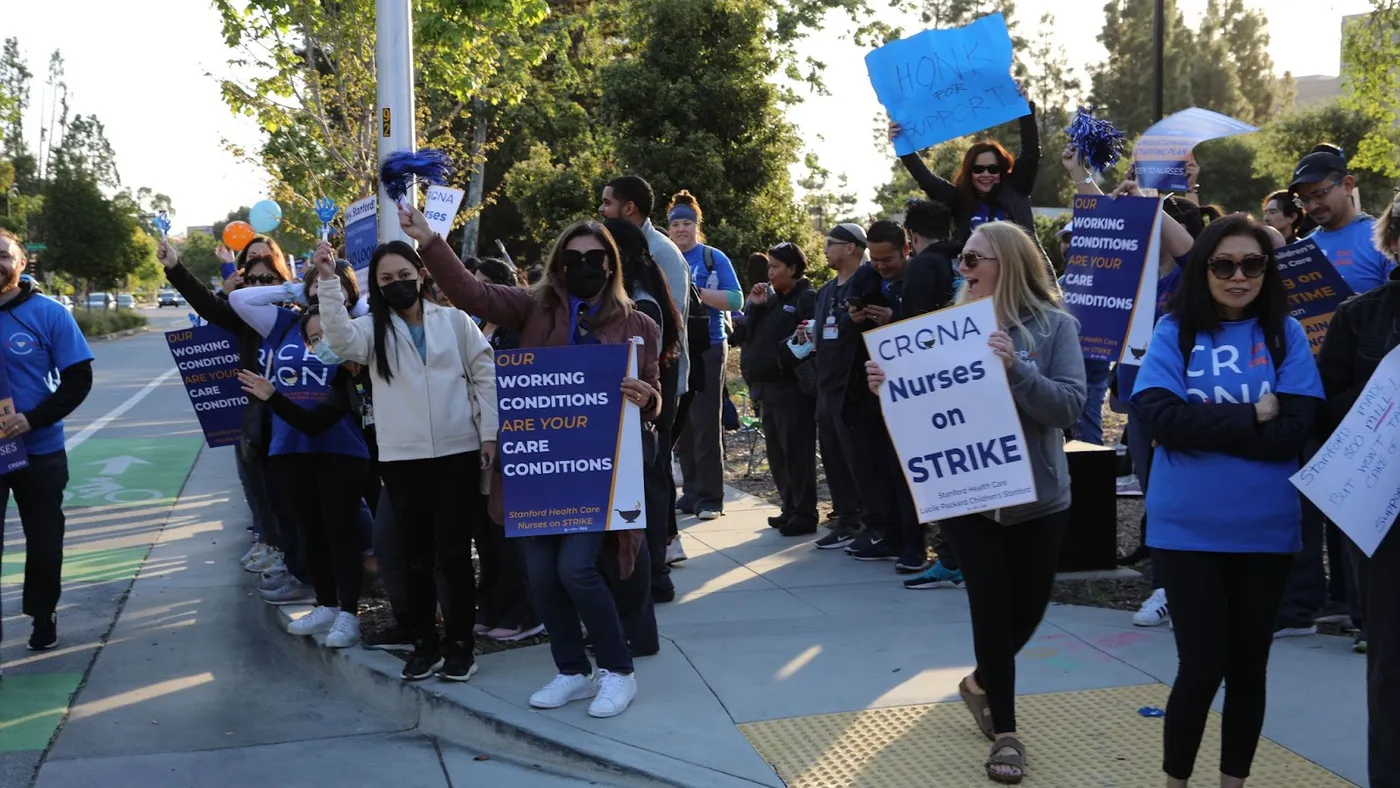As more contracts covering unionized healthcare workers on the front lines of the COVID-19 pandemic come up for expiration, nurses, technicians and other staff are pushing for measures to improve working conditions and safety in the years following the historic public health crisis.
They’re taking the opportunity to broker deals improving wages and staffing, just as hospitals continue grappling with recruitment and retention issues driven by burnout and persistent, heightened labor costs in recent quarters.
Workers are using that as leverage to help negotiate the terms they want, though for some that still means heading to the picket line.
A number of major strikes occurred in 2021, including one at a Tenet hospital in Massachusetts where 800 nurses held a picket line for 285 days.
The Bureau of Labor Statistics only tracks strikes involving 1,000 or more workers. In 2020, the agency tracked eight such strikes across all industries, with five of those strikes involving healthcare workers. In 2021, the BLS tracked 16 strikes involving 1,000 or more workers across all industries, and four of those involved unions representing healthcare workers.
Healthcare Dive has developed a tracker to keep up with work stoppages waged by healthcare workers in 2022 and into 2023, including those involving 500 or more workers.






